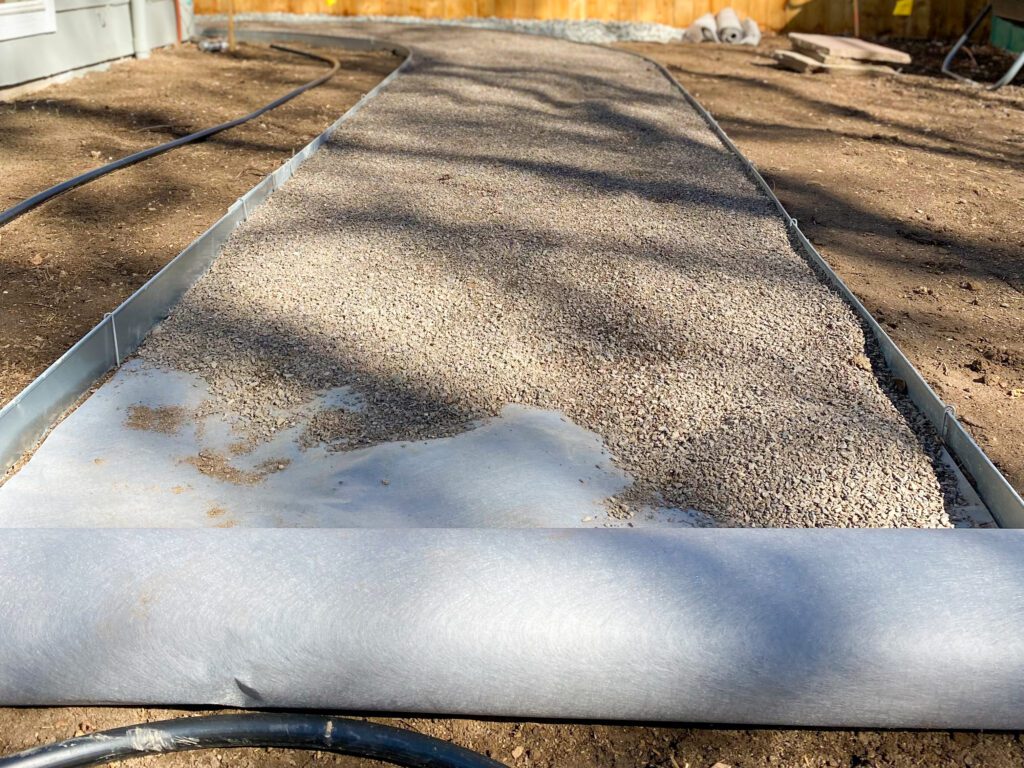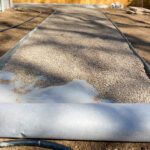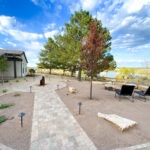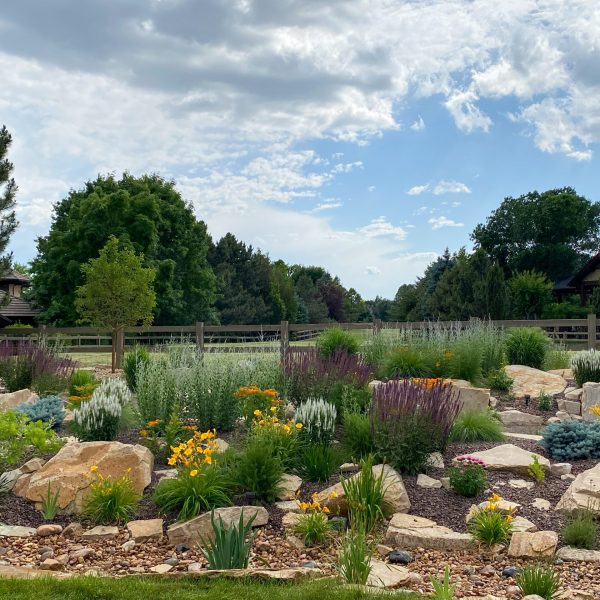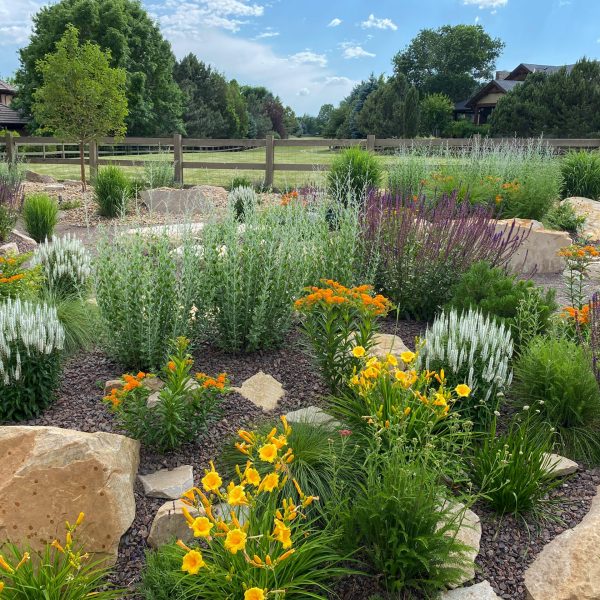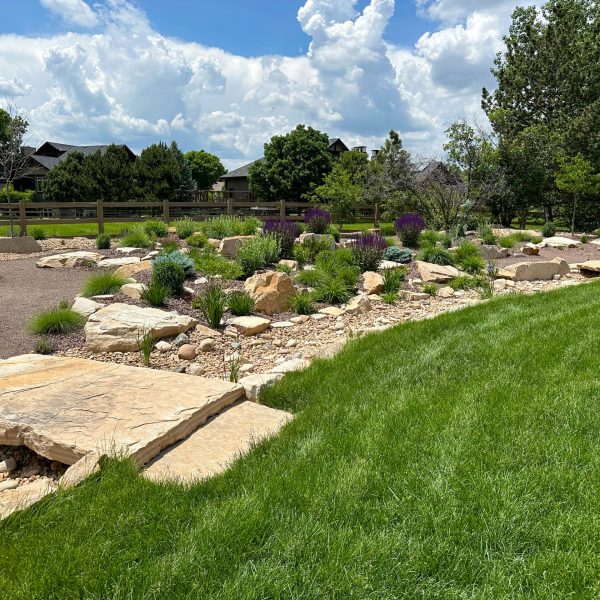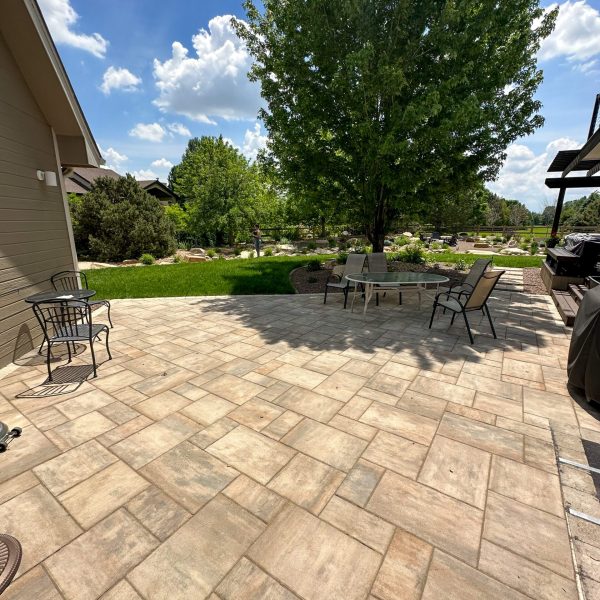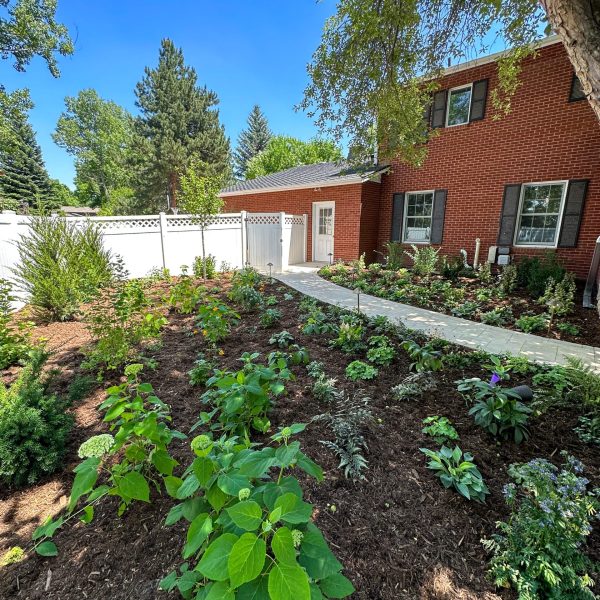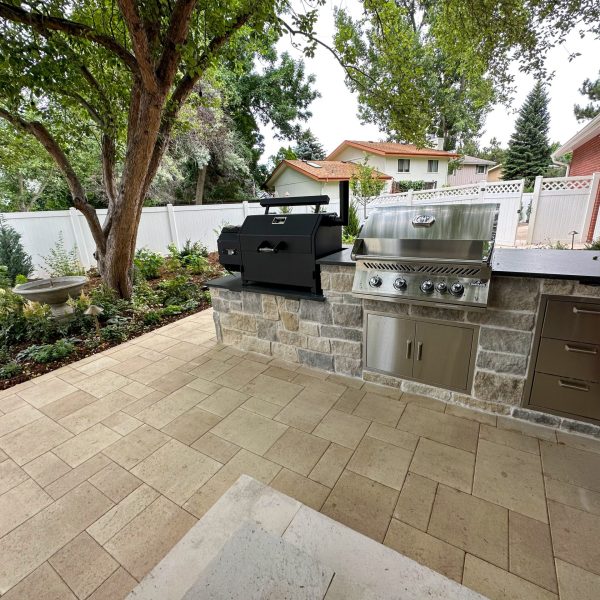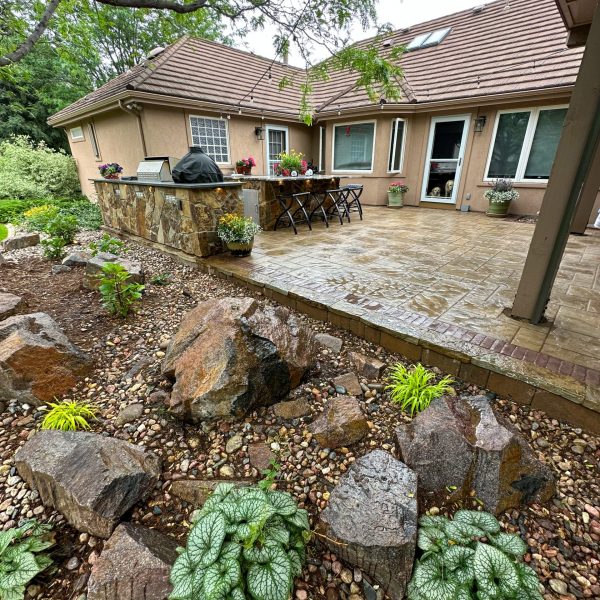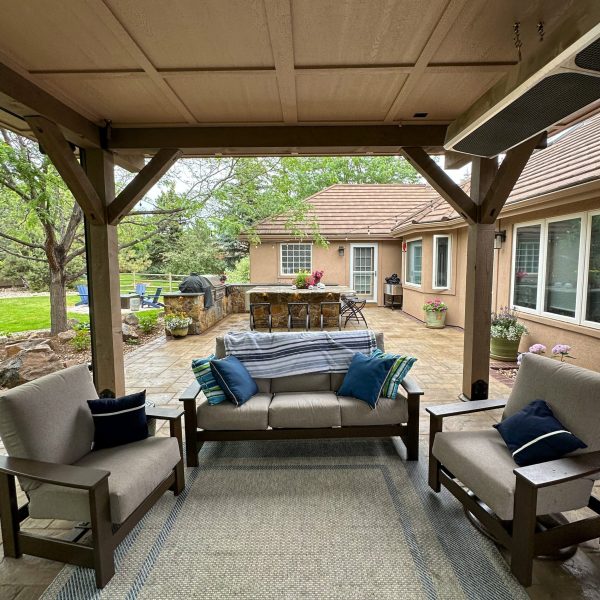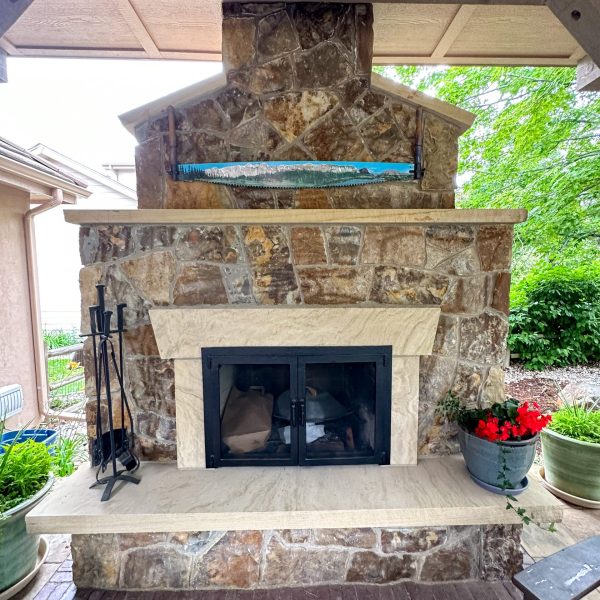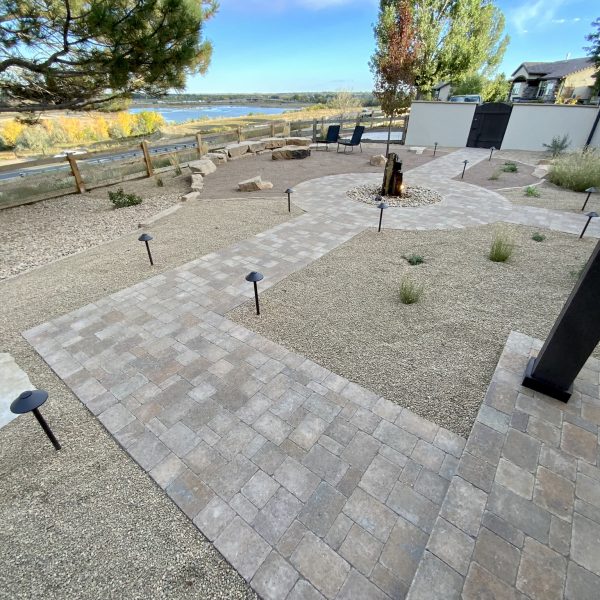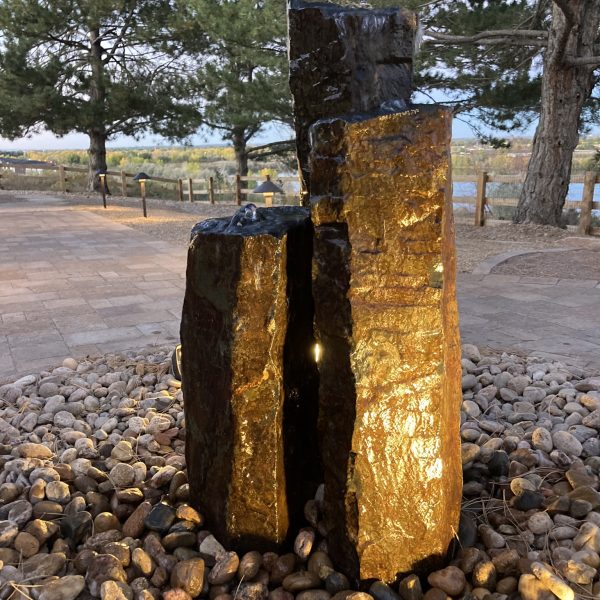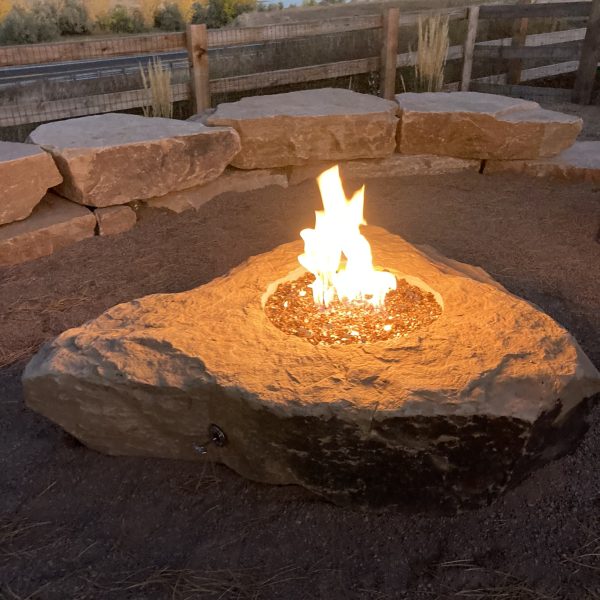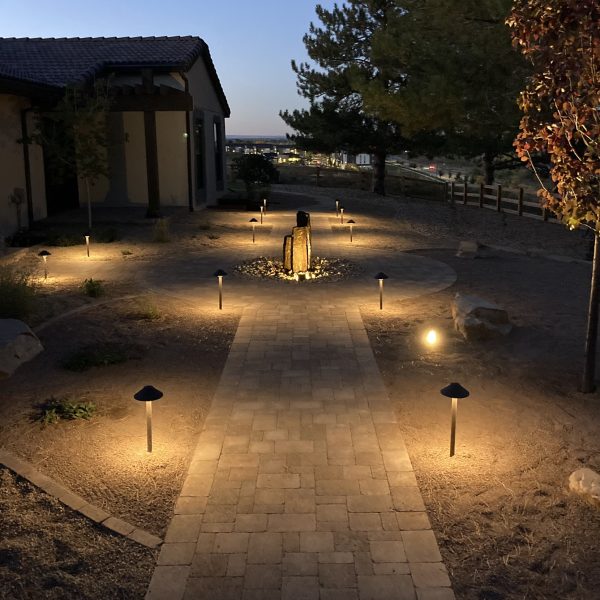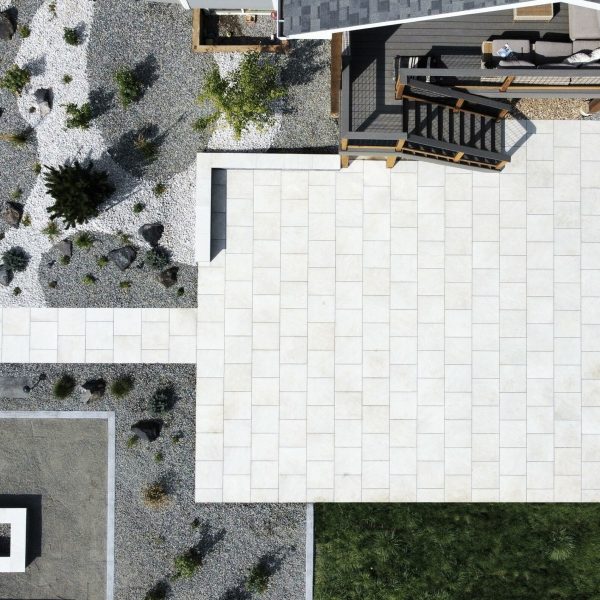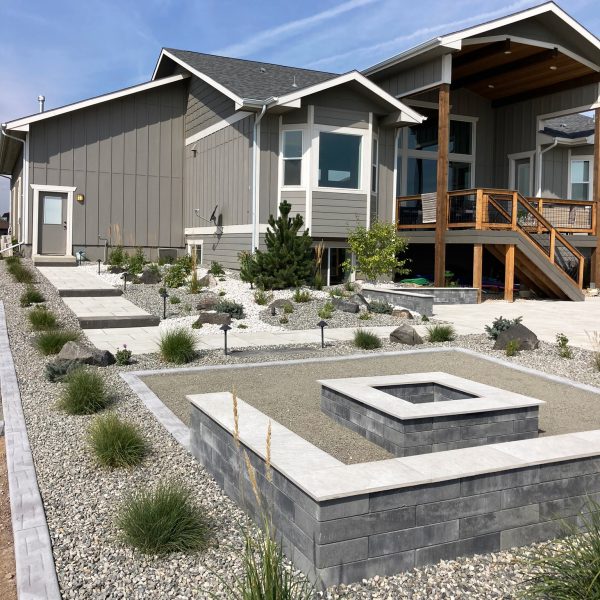This year, we’ve decided to break up with landscape fabric. We’ve been through thick and thin together, but for the sake of the landscape, it’s time to say goodbye. Here’s why.
To be a great landscaper, you have to be willing to change. Growth is only gained through hands-on experience, trial-and-error, and research. You might find that tools and methods you’ve used in the past may no longer be productive. At KALEIDOSCAPE, we’re always learning and adjusting the ways in which we create sustainable, efficient landscapes within the greater natural world.
We’re busting the myth that landscape fabric is necessary for weed control.
Everyone’s nemesis and least favorite word might be “weeds.” I know, it’s difficult to imagine installing your new yard without the safety blanket of landscape fabric, but it’s a false sense of security and waste of money. While it may seem good in theory, weed barrier proves to be ineffective at actually preventing or controlling weeds. In reality, it creates more issues. Regardless of what mulch is being used, weeds will easily seed themselves on top of landscape fabric. Most perennial weeds have vigorous, deep root systems that easily penetrate fabric into the soil below, making pulling them a nearly impossible feat. The best method for weed control is topping soil with 3-4” of organic mulch, hand-pulling, and purposeful planting. Groundcovers and established perennials combat weeds by outcompeting for space and resources.
Landscape fabric degrades soil ecosystems and smothers plants.
Soil ecology is vital. Healthy plants need water, nutrients, and oxygen around their root systems. After time, landscape fabric becomes clogged with dirt and debris, creating interface issues between the mulch and soil. Water, nutrients, and oxygen are unable to penetrate the soil profile or reach root systems. Organic debris is inhibited from naturally breaking down in the soil; soil microorganism populations may decline, and soil tilth can be negatively impacted. As a result, plants suffer and become more susceptible to pathogens and pests.
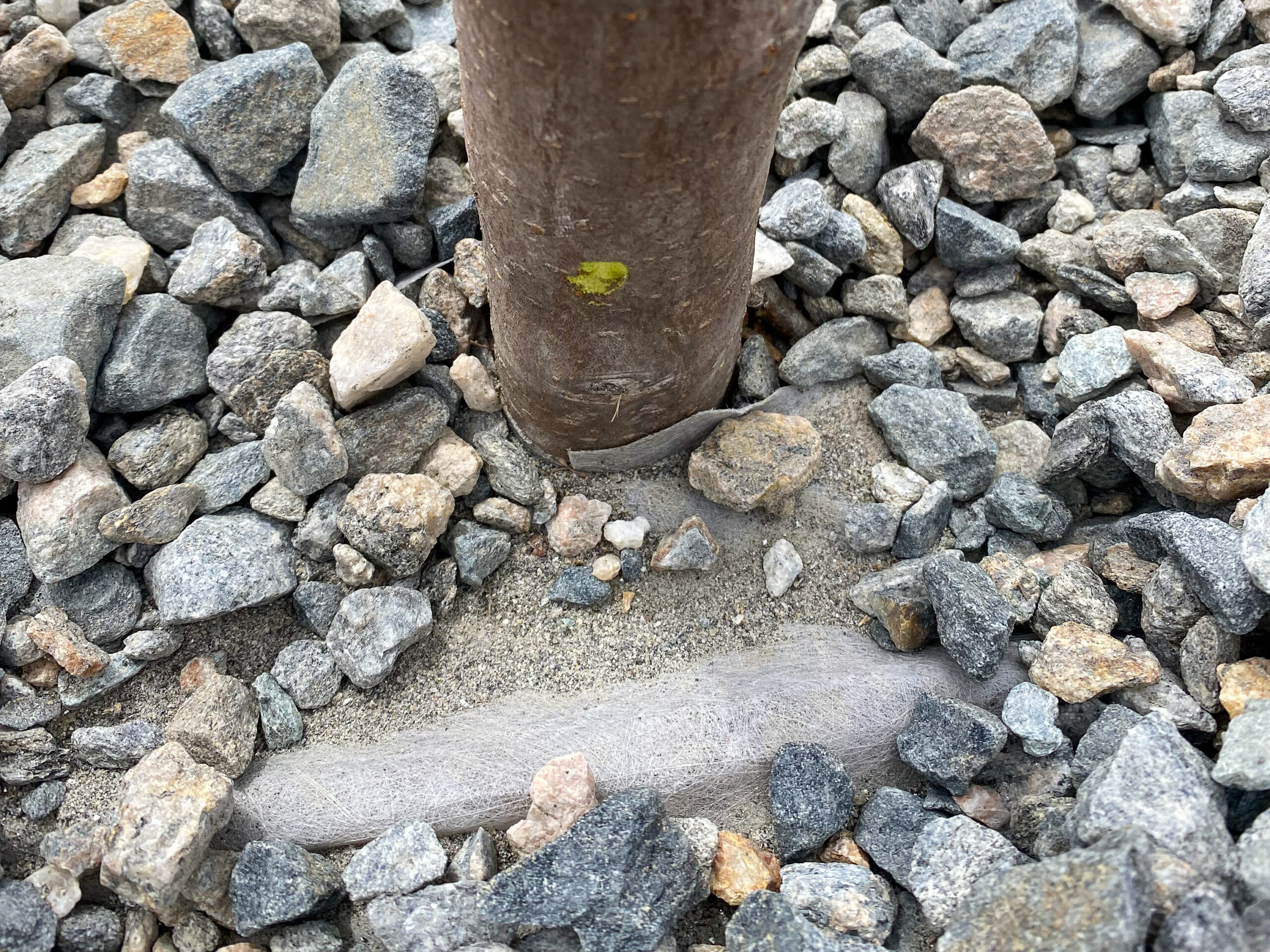
Additionally, landscape fabric causes constriction and girdling issues when butted up against the base of a plant or trunk of a tree. All groundcovers, perennials, and trees will spread as they mature, becoming strangled by the fabric. This cuts off water and nutrient supplies, setting up plants for inevitable stress and failure.
Fabric negatively impacts insects and pollinators, and without them, our landscapes suffer.
There is so much more to a vibrant landscape than what meets the eye. Earthworms, beneficial insects, and pollinators all play a large role in maintaining the well-being of soil, plants, and overall ecosystem. Earthworms, for instance, help aerate and improve soil tilth. Weed barrier can impede their tunneling, and without access to oxygen or freshly decomposed organic matter, earthworm populations are unable to sustain themselves. Soil without earthworms truly suffers. Other insects and pollinators, including many of Colorado’s native bees, rely on overwintering by burrowing and nesting in the soil. However, landscape fabric inhibits their ability to tunnel underground. It becomes apparent how interconnected the ecosystem of a backyard can be, and how the use of fabric can fully throw this intricate system off balance.
Are there situations where landscape fabric is appropriate to use?
KALEIDOSCAPE will only use landscape fabric in specific hardscape installations. Examples include dry creeks, breeze pathways, manifold and valve box installations, and areas dressed in decorative rock mulch. Landscape fabric assists with stabilization, drainage, water runoff, and separating soil from hardscape materials. This proves to be important and functional with applications like dry creeks, where the barrier between materials keeps them separate, inhibiting aggregate from migrating into the soil.
The bottom line is this: landscape fabric is bad for the soil, plants, insects, and your pocketbook.
Weed barrier has had a good run, but it’s time to ditch the roll of gray fabric. Cultivating and maintaining healthy landscapes is all about supporting all aspects of a living ecosystem in the best ways possible, and when it comes down to it, that’s what KALEIDOSCAPE is all about.
Out with the old, in with the new.
Thanks for joining us for another week. From the KALEIDO-Crew to you, cheers!
-KALEIDOSCAPE


